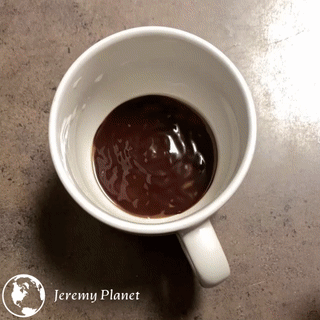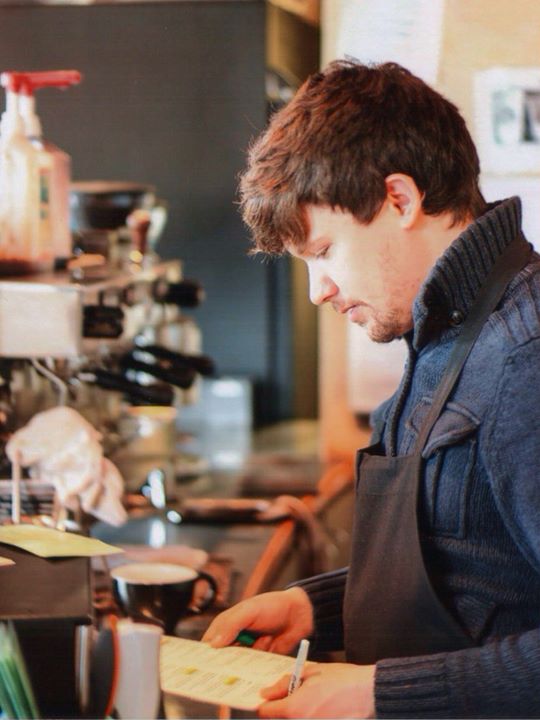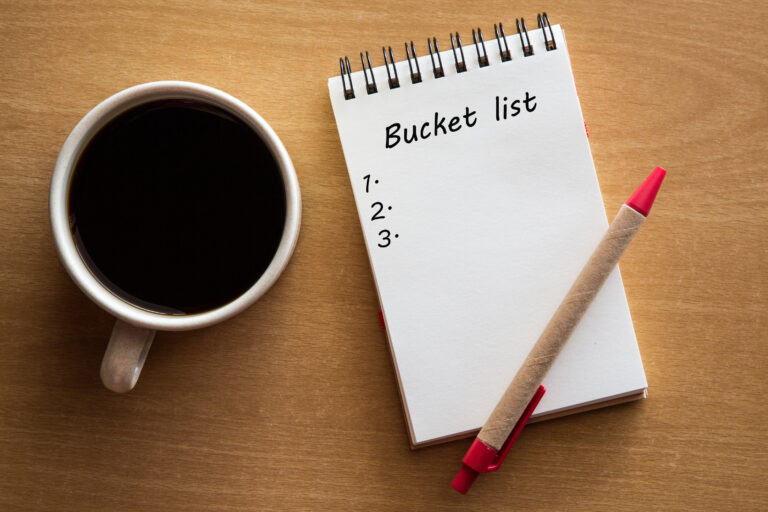How to Make a Classic Latte at Home
A recipe and simple tips to get you started with your espresso machine

A latte is a coffee beverage in which steamed milk is combined with one or more shots of espresso. Learning how to make a latte with the techniques your favorite coffee shop uses might seem overwhelming at first. Don’t worry though, it really is a simple process.
Once you are done, you will have a handcrafted homemade latte, all without having to wait in a long car line. No yelling into a microphone while sucking in car exhaust fumes. No watching stalled break lights while the entire neighborhood is in front of you ordering drinks for every coworker in the office.
Just follow some simple steps and you can enjoy the rich smell of fresh ground coffee beans in the morning while sipping on a delicious latte in your favorite armchair or sofa. Even better if you have a spouse go ahead and meet them in bed with a good morning and their lovingly made latte.
Ingredients
2 oz. freshly brewed espresso (2 shots)
8 oz. whole milk
Directions
1. Pour your milk into an at least 12 ounce frothing pitcher. Tip the pitcher at an angle, so you can see inside it easily. Insert the steam wand into the milk in the half of the pitcher farthest away from you and at least an inch under the surface without touching the side of the pitcher. Turn on the steam wand. There is going to be a loud hissing noise coming from the steam wand as it produces steam, like a boiling tea pot. This is a normal sound. The milk should start to circulate in the pitcher quickly. Keep the steam wand in the same general position the entire time. The milk should start to look silky and creamy with maybe a half inch of foam forming with tiny bubbles all the same size.
2. Turn off the steam wand when you can only hold the side of the pitcher for 3 seconds. With this rule of thumb your milk should reach 140°F to 150°F. Milk scalds at 170°F. Some prefer extra hot so that can be anywhere between 150°F and 170°F.
If you have any large bubbles you can use the steam wand to stir and pop them. To blend the bigger bubbles with the tiny ones.
3. Set aside the steamed milk for a moment. It will be stable for at least a minute while you make your shots.
4. Add a shot or two of espresso from freshly ground beans. Pouring your shots second place on your machine in your home will keep them from going stale as you steam your milk.
5. Now you can add the fresh espresso from shot glasses to a cup and then pour on the steamed milk. When you are just starting to learn latte art you may not have enough practice for those fancy designs you see at your favorite café. You can experiment with stencils and tools you can use to trace through the foam after you mix it with the espresso.

Tips from the barista:
- Whole milk will produce thicker and creamier foam that will blend well with the espresso. 2% Milk is okay to use as well. You might struggle steaming with skim milk on your home espresso machine as it produces a nice foam but it takes some practice to do so. I use the dairy alternative of almond milk for my partners morning latte. It still has a comparably rich and sweet foam even for an extra hot latte.
- Be gentle as you pour your steamed milk onto the espresso. Slowly mix the oils in the coffee with the proteins in the milk for a perfectly subtle flavor.
- Always try to use just-ground coffee. Pre-ground coffee will lose its flavor and you will lose that great smell in the morning.
- If you buy coffee beans from your favorite local coffee shop roaster, ask them what their recommended grind size is for espresso. They may suggest a size based on the beans or the roast.





